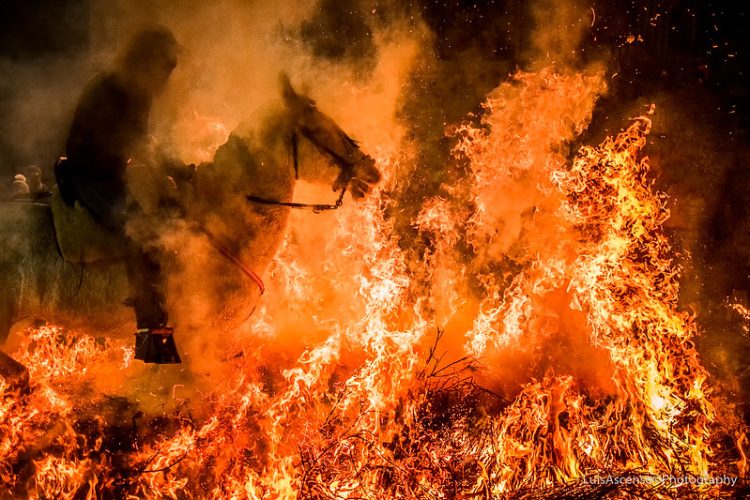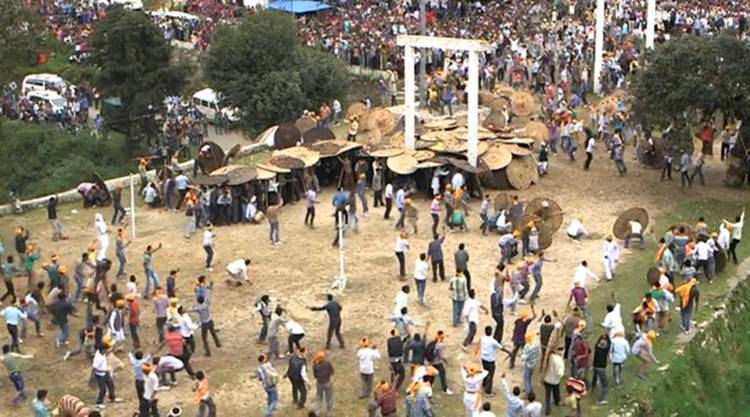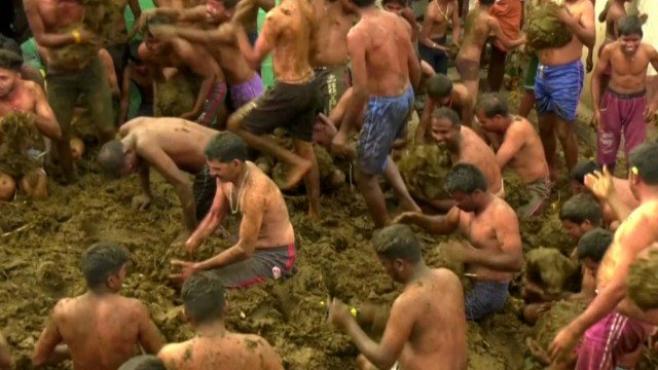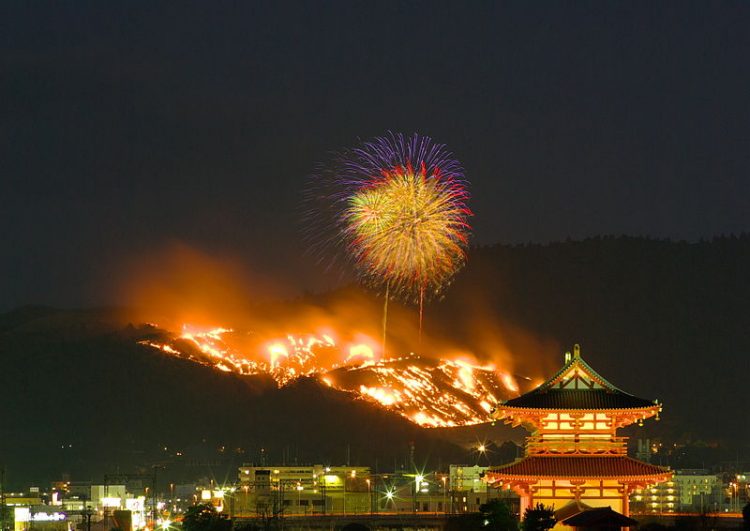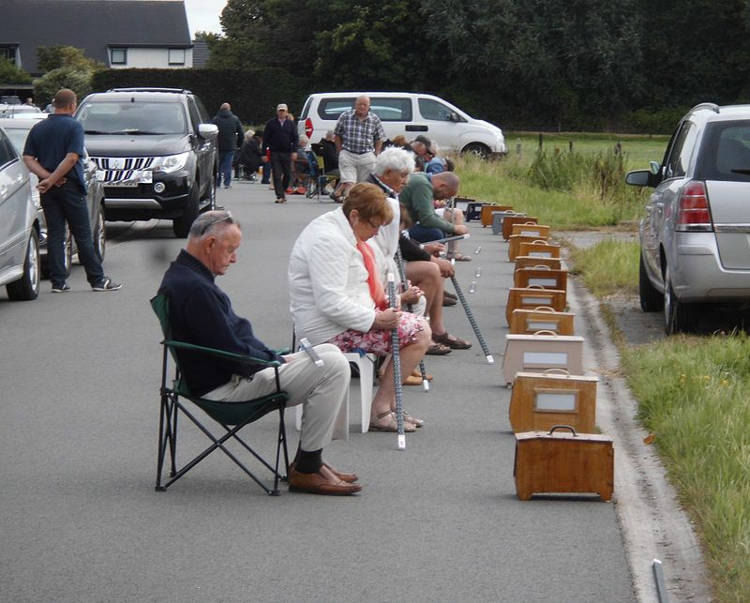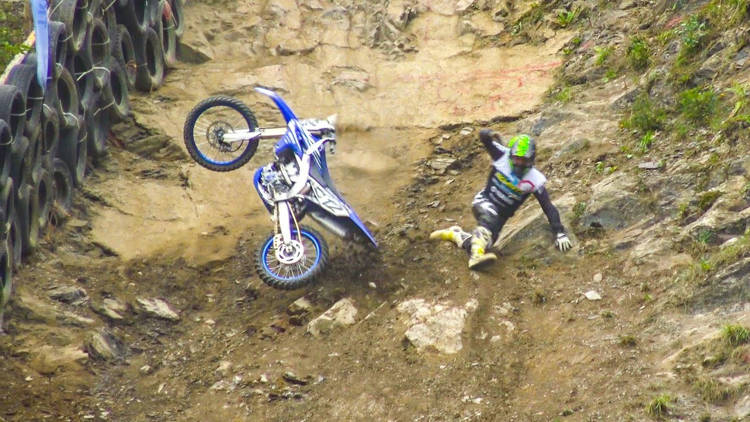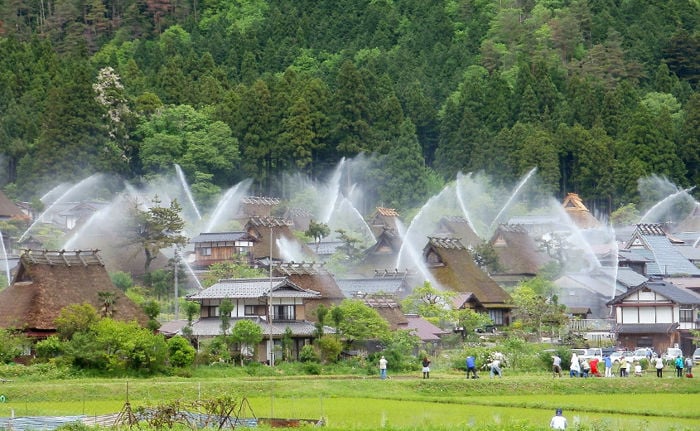Every year, Yoro, a small town in northern Honduras, allegedly experiences a mysterious phenomenon known as “Lluvia de Peces”, a literal rain of fish.
The rain of fish phenomenon has been reported in many places around the world, but Honduras’ Yoro department is the only place where the bizarre rain reportedly occurs every year, sometimes several times per year. The now-famous Lluvia de Peces takes place sometime between May and June, usually after a very powerful storm. The weirdest thing about this unusual occurrence is that, despite it being a yearly event, no one has ever actually seen the fish fall from the sky. There is however photographic and video evidence of hundreds of fish covering entire areas following powerful storms, so it definitely can’t be dismissed as just a simple legend, and scientists have actually investigated the phenomenon in order to provide a plausible explanation.


